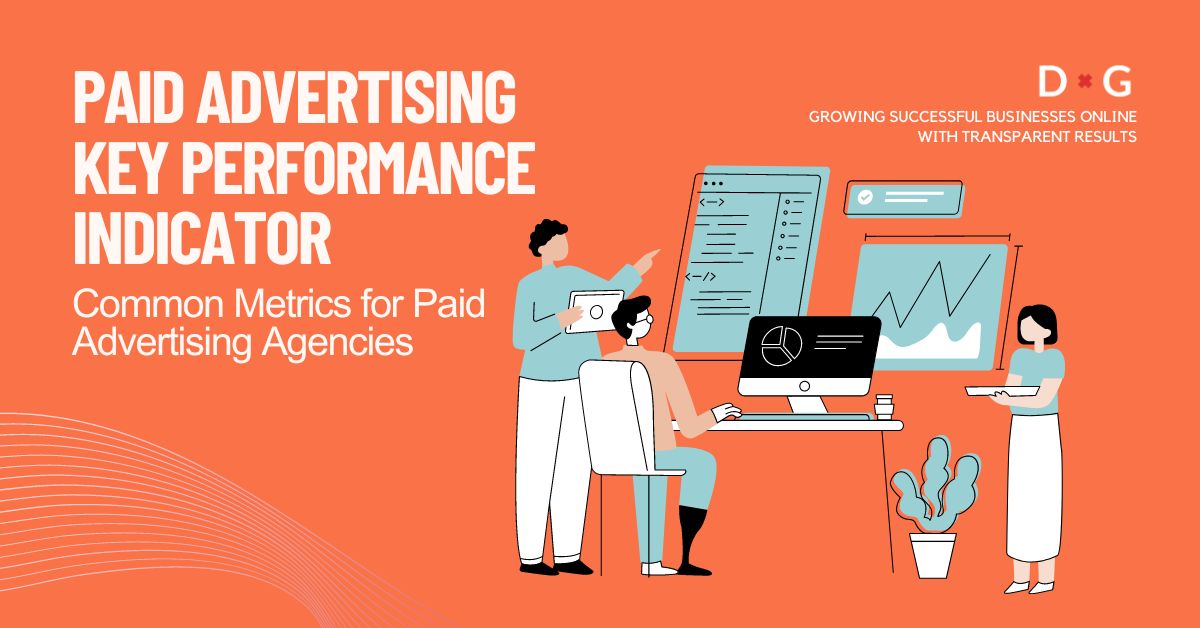
If you’ve ever wondered how businesses make sure their online ads are doing well, you’ve come to the right place. Today, we’re diving into the world of KPI in Digital Marketing, or should we say in Paid Advertising, where we specialise.
KPI stands for Key Performance Indicators. It helps businesses figure out if their ads on the internet are winning or need a bit of help.
Now, let’s explore exactly what KPI is.
What Are KPIs?
Simply put, KPIs act as milestones or markers along the way, indicating whether you’re heading towards success (in this case, making your ads effective).
By leveraging KPIs in paid advertising, you can assess the impact of your ad spending, such as attracting more website visitors or increasing sales of your products.
The Most Important KPIs in Paid Advertising
Let’s discuss the key metrics in the KPI realm. These are the indicators that will show you whether your ads are achieving the success you desire.
Check out the blog about Five (5) Essential Concepts for Winning Paid Ads to complete your journey toward successful paid advertising.
Click-Through Rate (CTR)
This calculates the percentage of individuals who click on your ad after seeing it. A high CTR indicates strong performance.
High CTR? You’re doing great!
Cost Per Click (CPC)
This indicates the average amount you pay for each click on your ad.
Lower CPC signifies efficient spending.
Conversion Rate
This tracks the percentage of clicks that result in desired actions, such as purchases or sign-ups.
A higher conversion rate means better results.
Cost Per Action (CPA)
This reveals the cost incurred for each desired action, like a purchase.
A lower CPA is preferable.
Return on Ad Spend (ROAS)
This indicates the revenue generated for every dollar spent on ads.
A higher ROAS signifies better returns.
This is a big deal. You definitely want this number to be high!
Impressions
This measures how many times your ad is displayed.
More impressions mean increased exposure.
Quality Score
This is a Google-specific metric assessing the relevance and quality of your ad.
A higher score leads to better ad placement and lower costs
Ad Spend
This simply refers to the total amount spent on advertising.
Monitoring this helps control expenses.
Customer Acquisition Cost (CAC)
This number tells you how much it costs to get or acquire a new customer.
Lower is better, of course!
Lifetime Value (LTV)
This represents the total revenue generated by a customer over their entire relationship with your business.
A higher LTV indicates valuable customers.
Why Do These KPIs Matter?
Using KPIs helps you make informed decisions about your ads.
It’s like methodically examining data, always searching for ways to enhance your ads, broaden their audience, and optimise how you allocate your budget.
Tips for Winning at KPI in Paid Advertising
Boost your KPI performance and achieve outstanding results in your paid advertising.
Set clear goals
Know what you want your ads to do. More sales? More website visits?
Pick your goal and chase it!
Keep an eye on your KPIs
Regularly check your KPIs to see how your ads are doing.
If things aren’t working out, it’s time to explore new options.
Learn and adjust
The world of online ads is always changing.
Be ready to learn and change your strategies to stay ahead.
Conclusion
Understanding “KPIs in Paid Advertising” provides a clear path in the world of online ads.
It guides you to make better decisions, so your ads can reach more people and help your business grow.
Keep these KPIs in mind, and you’ll be on your way to advertising success!
Remember, the goal is to make your ads as effective as possible, and with the help of KPIs, you’re sure to hit the mark.
Partner with Digital Guide today. Check out our blog about the 6 Advantages of Working with a Digital Marketing Agency and learn why it is the best option you have.
